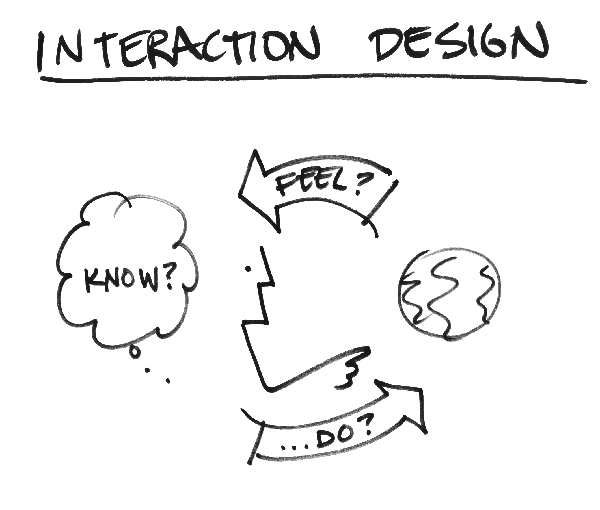Design is a process about making choices and decisions. It is where we balance out between Environmental, User, Data, Usability requirement and Functional requirement.
Guidelines to help with international design :
+ Be careful about using images that depict hand gestures of people.
+Use generic icon which is common icon.
+ Choose colour that are not associated with national flags or political movements.
+ make sure the product supports different calenders, date formats and time formats.
+ Make sure the product support different number formats, currencies, weights and measurement systems.
+ The product supports international paper size, envelope size and address format.
+ Not to integrating text in graphics as they cannot be translated easily.
+ Allow for text expansion when translated from English.
Using Scenarios in Design
- Scenarios can be sued to explicate existing work situation.
Four roles for scenarios :
+ A basis for overall design.
+ For technical implementation.
+ As a means of cooperation within design teams.
+ As a means of cooperation across professional boundaries.
Used for the notion of plus and minus scenarios
+ capture the most positive and the most negative consequences of a particular proposed design solution.
+ helping designers to gain a more comprehensive view of the proposal.
How to generate storyboards from scenarios?
+ scenario - one story including surrounding environment about how the product may be used.
+ storyboard - a sequence of sketches illustrating a scenario.
First, break into steps. Then, focus solely on screen and focus solely on environment. Designers are forced to think on the screen and also environment part separately.
A scenario that happens with surrounding environment
An example of a storyboard template
AZANISA
1102702292





